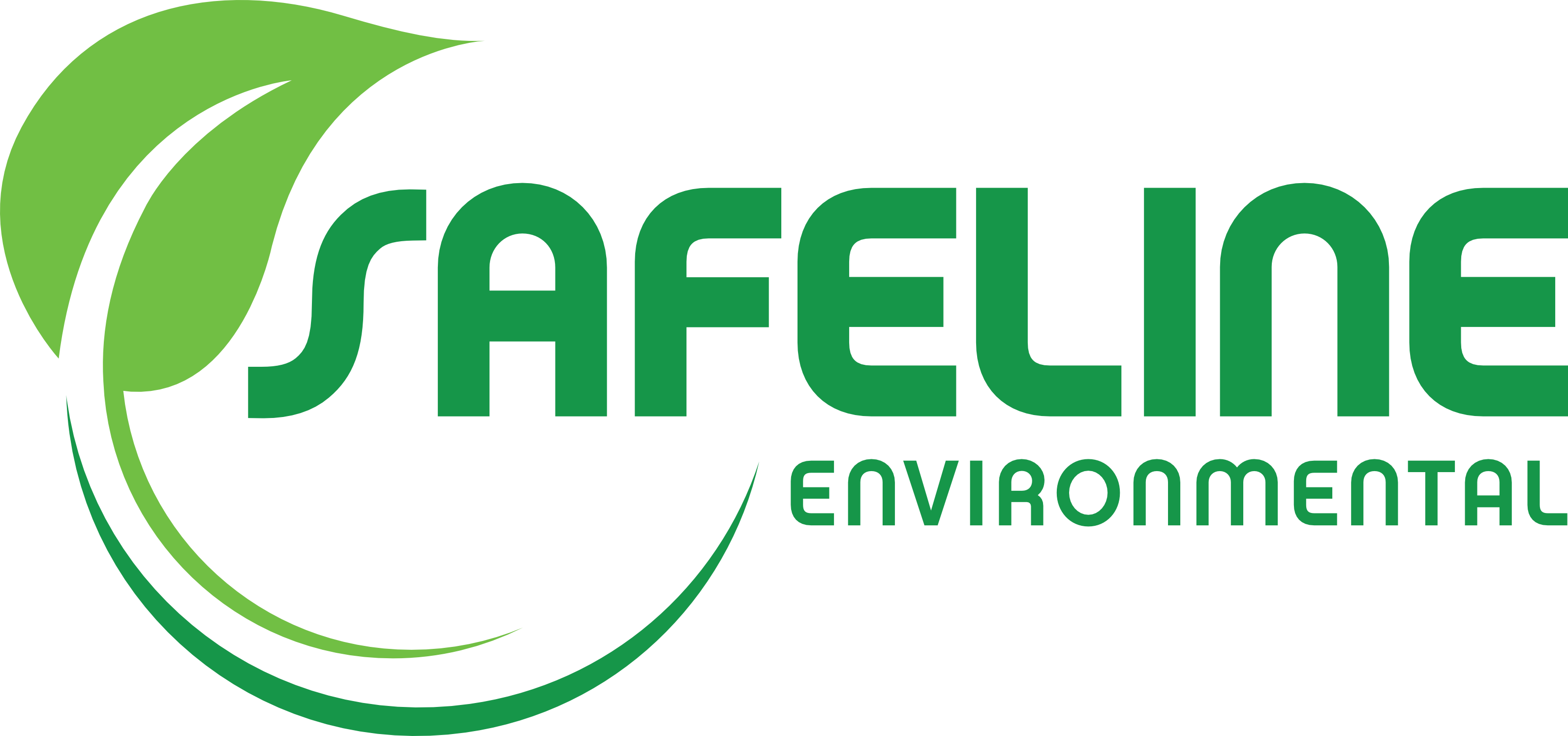Asbestos Removal Best Practices – Why Caution is the Best Policy
Here we will give an overview of asbestos best practices.
Workplace related deaths
Asbestos is a category 1 carcinogenic material that is currently the greatest cause of workplace-related death due to asbestos diseases related to the lung. As there is the potential for serious harm when the material is found in the course of building work, a number of legal requirements are required to be followed by contractors and building owners.
Asbestos removal licensing
Asbestos removal requires a license which is up to date in order to protect both employer and employee. As it can be difficult to correctly identify asbestos, it is best practice to seek expert advice prior to disturbing any suspect materials.
The Control of Asbestos Regulations of 2012 is the collection of all current rulings regarding work which may be likely to operate near asbestos sources. Under regulations, licensable work is where workers are exposed regularly to asbestos at a high level for extended periods or on certain styles of asbestos. In order to gain an asbestos removal license, it must be proven that an individual is prepared, committed to continual improvement, demonstrate competence and extensive knowledge of the industry, a willingness to be held accountable and evidence of health and safety schemes. These licenses are regularly checked and updated by the Asbestos Licensing Unit.
It’s a criminal offence if not done correctly
Asbestos removal, if done incorrectly, can be a criminal offence. The owner of a property has the duty to manage any asbestos-related materials and so is legally required to comply with the law, including the hire of any outside companies. Asbestos best practices, therefore, suggest checking the exact nature of a company’s current licensing, local asbestos removal companies should be more than willing to show you proof of licensing. To help, the Government has set up a simple online service that anyone can access at http://webcommunities.hse.gov.uk/connect.ti/asbestos.licensing/view?objectId=8516. This updates regularly as the asbestos licenses have to be updated annually.
Risk assessments
After the initial discovery, the licensed asbestos removal company is required to undertake a risk assessment survey. This indicates the exact nature of the removal and indicates all aspects of the operation and must be undertaken by a suitably trained individual. An extra copy is legally required to be on-site at all times, which can be inspected if required. Once this is complete, workers may begin removal. If the asbestos is identified as a higher risk, specialised protective equipment is required known as sophisticated respiratory protective equipment (RPE). Materials are then placed in special double-wrapped bags that identify the material as carcinogenic and then taken to a licensed disposal site.
Conclusion: asbestos removal best practices

Asbestos removal in the UK
Hopefully, you’ve found our asbestos removal best practices guide useful. Obviously, the cost of asbestos removal means some are tempted to try to do it themselves, something which we would not recommend at all. Although there is plenty of information on how to remove asbestos yourself, the dangers involved really aren’t worth the risk. Although asbestos testing kits are available, if they give a positive result, the next step should be to contact experts in asbestos removal. Alternatively, use our asbestos testing services instead.
Contacting Safeline Environmental
Why not call Safeline Environmental to discuss asbestos best practices? We could provide asbestos awareness training, policy formulation advice and much more. Contact us through the following methods:
- By phone – call 01299 251083
- By email - info@safeline-env.co.uk
- Contact Form - click here

